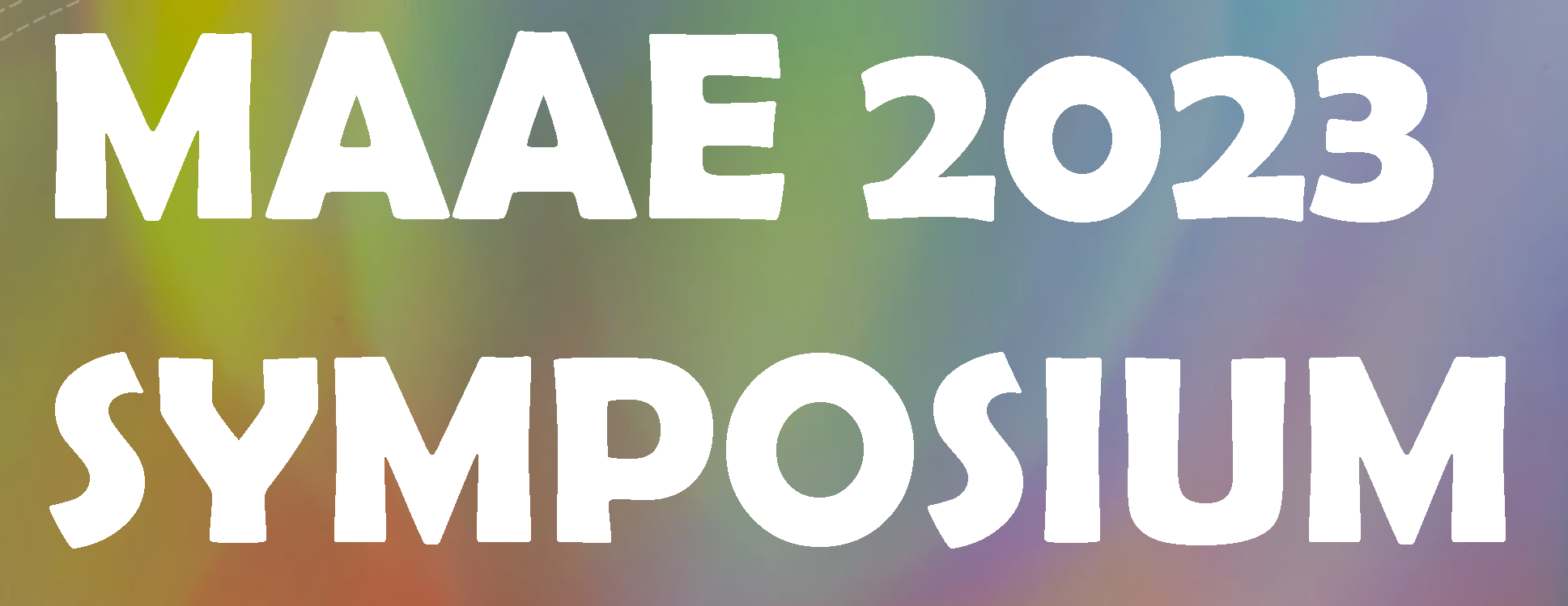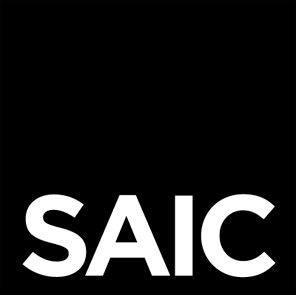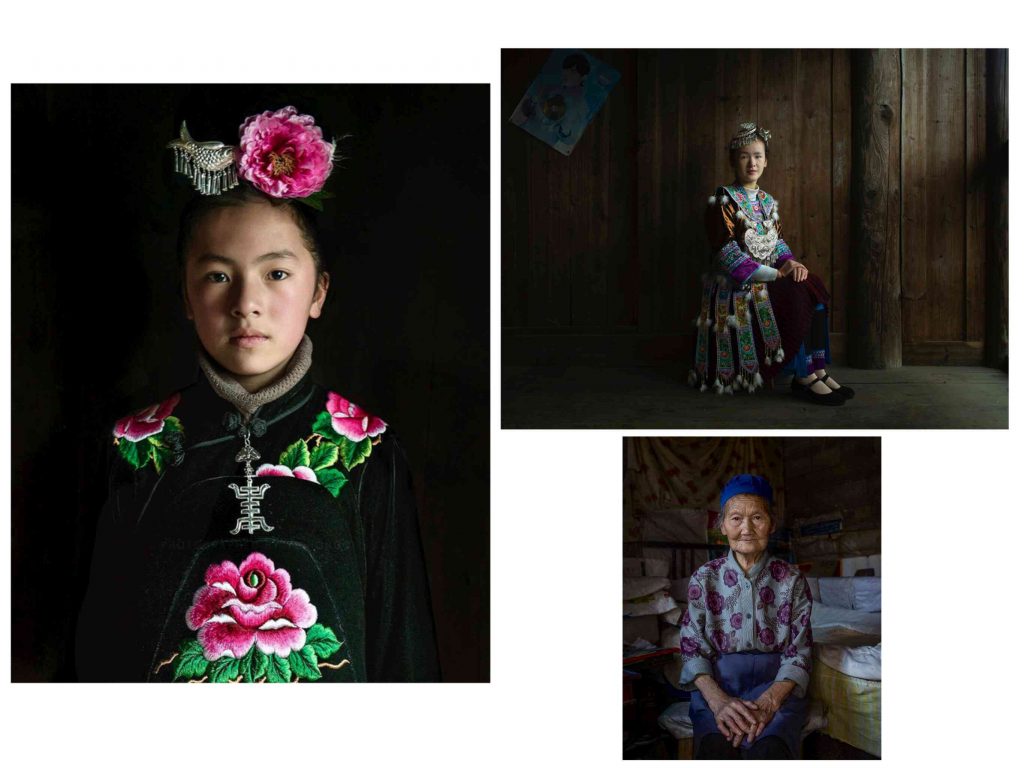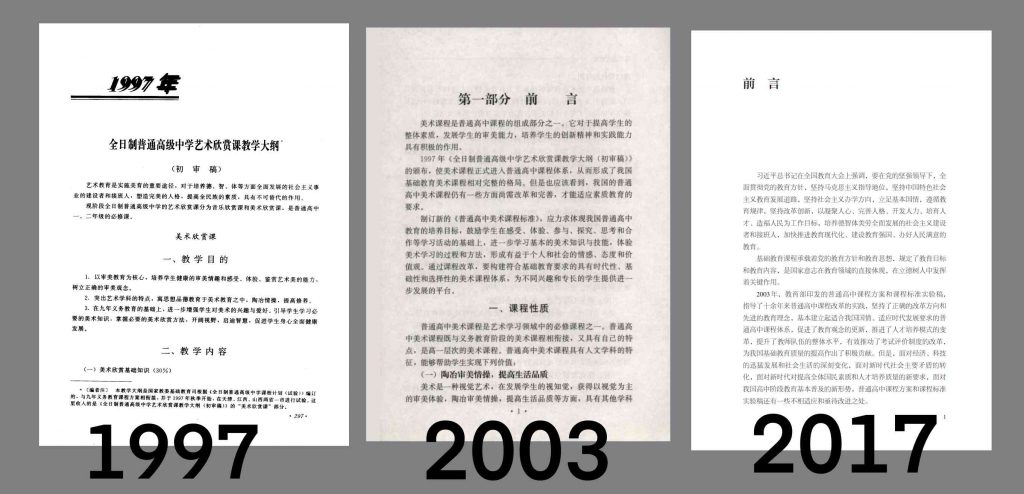Chinese artist, educator, and social science explorer.
Born in Chongqing, a municipality in southwest China, Weisong completed her undergraduate studies at the University of Toronto with a double major in Political Science and East Asian Studies. As a ethnic Han who lives in southwest China, her community is composed of Yi, Miao, Bai, and Tibetan people. In recent decades the art of ethnic minorities has been commoditized for tourism and displayed in museums as static cultures. Weisong’s interest is in developing new policies for art education in public high schools in the southwestern region of China that celebrate this ethnic art as contemporary practices. Weisong’s experience as a student in both public schools in China and international high school and overseas study made her examine the influence of education and art on social development and cultural diversity.
Art Appreciation, Emotional Therapy, Multi-Medium Experimentation and Regional Focus: New National Outlines for Art Education in Southwest China Public Schools
This project aims to design a new national outline for art education in Southwest China Public Schools. With reviews and criticisms on previous versions of national outlines and surveys and interviews with students that graduated from public high school in Southwest China, the new outline served with four goals.These four goals are Art Appreciation, Emotional Therapy, Multi-Medium Experimentation and Regional Focus.
The process of finding and collecting all previous versions of outlines were extremely difficult as there were no public e-version of the earliest one online. With the help from a staff member working in the education department, luckily I received a scanning version. At the same time, a survey was sent to people both in the United States and China who spent their high school time in Southwest China. Interviews were followed by the survey results to selected students.
The results of the survey and the interview from students are gathered to analyze what exactly the school does on art education. The results turned out to be that no schools have fully followed the national outlines and most of them do not even provide art courses in high schools.
Finding the previous versions of outlines and searching for related articles and papers are hard as national documents are relatively non-public and no people have taken the outline as a perspective to analyze the art education in public schools in China before. The current version has touched on many fields and tried to cover as much as possible, from the intangible cultural heritage to western old-school painting techniques. Yet, the reality of art education in public schools is poor and even absent.
Instead of a detailed and long outline, the new national outlines for art education in Southwest China Public Schools is designed to be a guide to the schools and teachers. It provides a general direction on what could be included in the weekly class such as multi-medium experimentation and regional focus. It further redefined the goals of the art courses as it should help in building student’s art appreciation and serve as a tool for their emotional therapy. The regional focus part would help students have a better understanding of the minority and embrace the diversity.
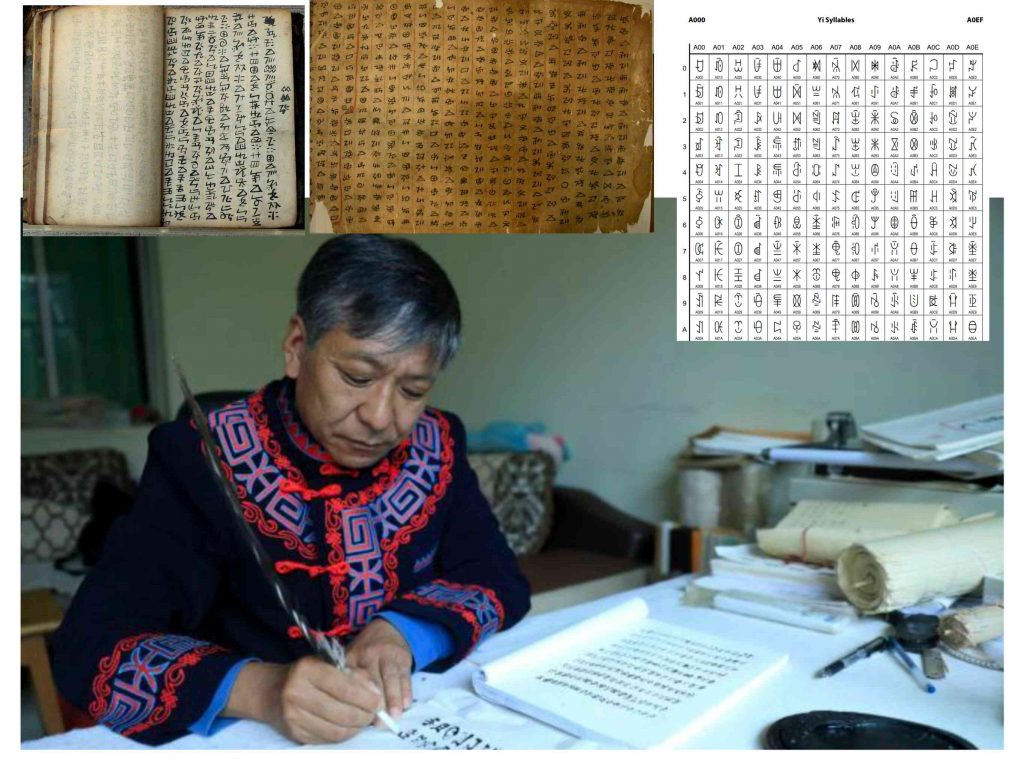 Nuosu BBurma Calligrapher Lahuo Lu© Lei Wang
Yi document. Manuscripts / writing systems in the Yunnan Nationalities Museum, Kunming, Yunnan, China.(Upper Left)
The exhibition of the Intangible Cultural Heritage in National Museum of China (Upper Middle)
Yi Syllables from Wiki (Upper Right)
Nuosu BBurma Calligrapher Lahuo Lu© Lei Wang
Yi document. Manuscripts / writing systems in the Yunnan Nationalities Museum, Kunming, Yunnan, China.(Upper Left)
The exhibition of the Intangible Cultural Heritage in National Museum of China (Upper Middle)
Yi Syllables from Wiki (Upper Right)